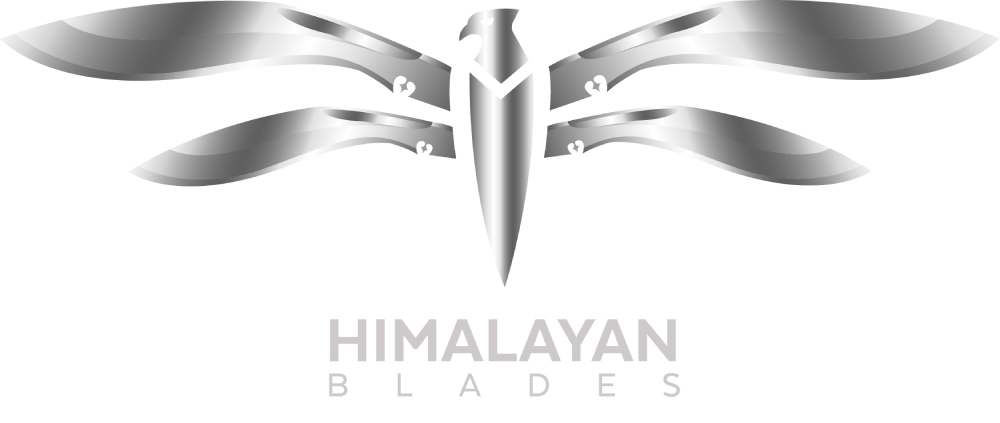Introduction
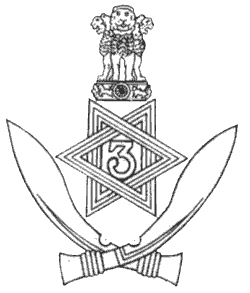
Among the most respected military units in the world, the 3rd Gurkha Rifles stand tall not only for their battlefield accomplishments but for the legacy they forged with the Gurkha Kukri—a curved blade that embodies honor, survival, and strength. For generations, the kukri knife has been more than a weapon; it has represented the very soul of the Gurkha warrior. In this article, we explore the history of the 3rd Gurkhas, their defining campaigns, and the enduring significance of the kukri in military culture.
The Birth of a Brotherhood: Origins of the 3rd Gurkha Rifles
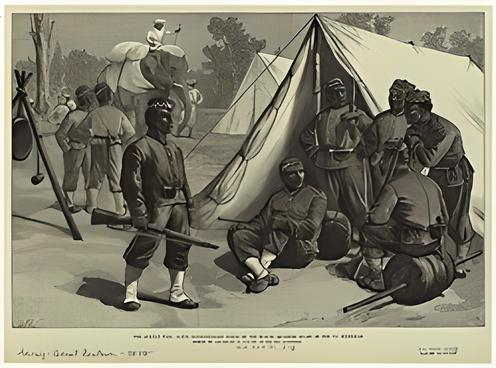
The story of the 3rd Gurkha Rifles began on April 24, 1815, with the formation of the Kumaon Battalion, led by Sir Robert David Colquhoun. This unit was formed in the aftermath of the Anglo-Nepalese War and marked the beginning of formal Nepali participation in the British Army.
The First Warriors:
- Former Goorkhas who joined after the Battle of Deothal.
- 300 soldiers from Oudh, Palpa, and Gorakhpur—regions with rich martial traditions.
- Survivors from Almora, a strategic location in the Himalayan frontier.
Initially assigned to police duties, their stamina and loyalty soon earned them a full military role.
Trials by Fire: Campaigns That Shaped the Regiment
The 3rd Gurkhas proved themselves in some of the most challenging theaters of war. Their precision with rifles and close-quarter dominance with the kukri earned them immense respect.
Campaign Highlights:
1. Indian Rebellion of 1857
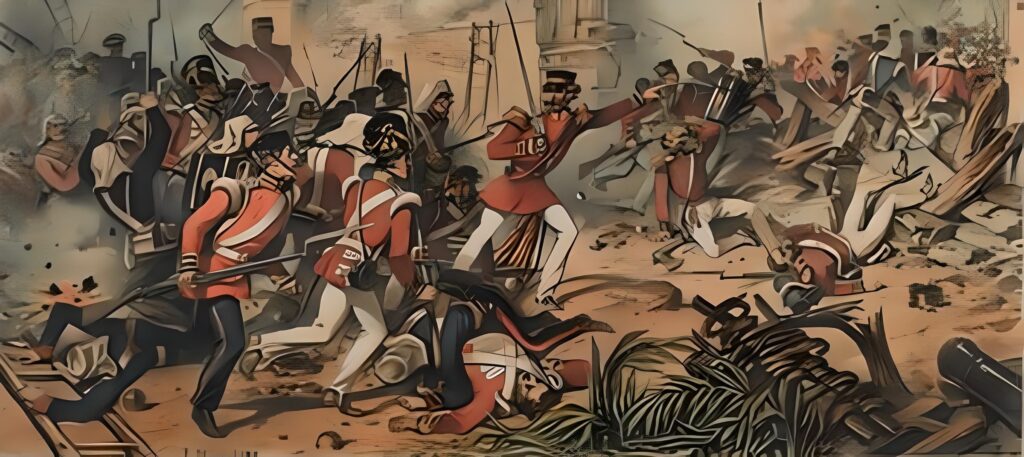
- Marched over 500 miles in extreme heat.
- Engaged at Kashmir Gate and Jama Masjid, showcasing their fearlessness.
2. Bhutan War (1864–65)
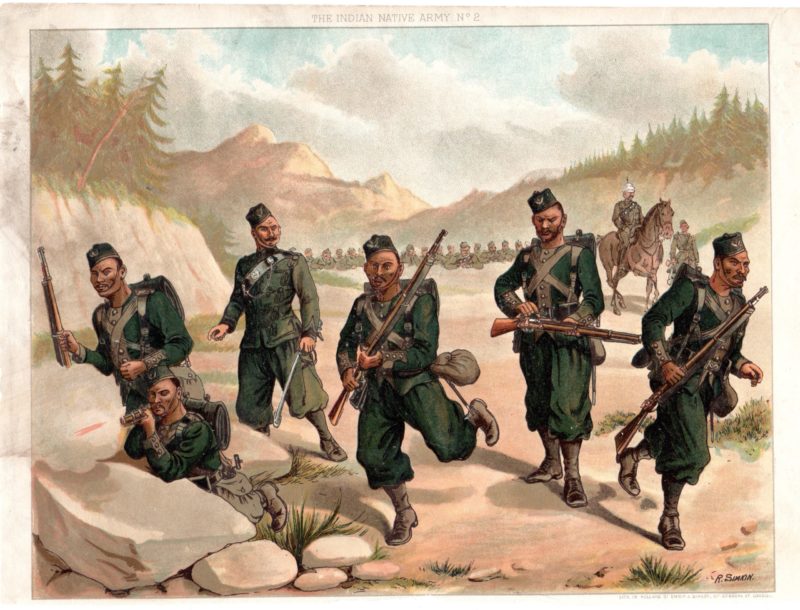
- Key to the siege and defense of Dewangiri Fort.
- Their agility and coordination stood out in mountainous warfare.
3. Second Afghan War (1878–80)
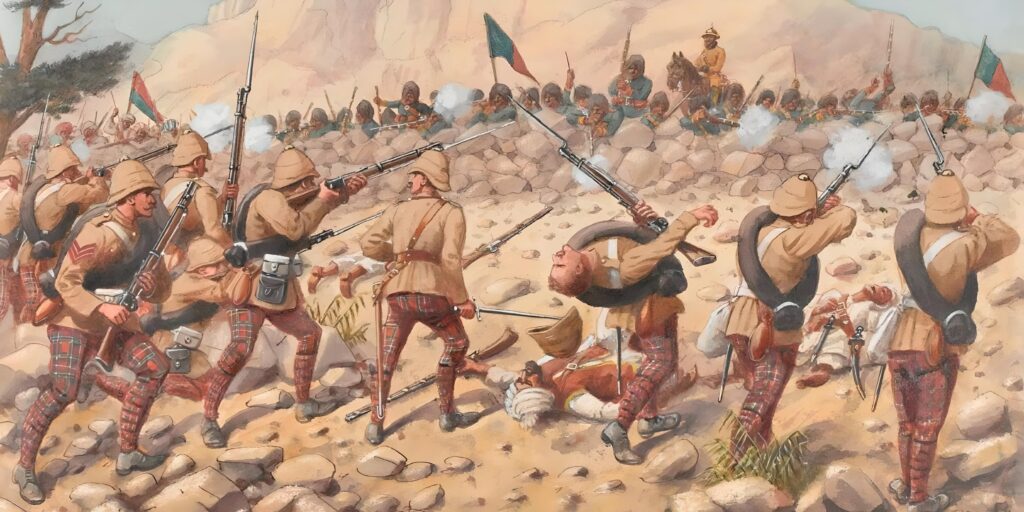
- Formed defensive squares against cavalry at Ahmed Khel, an act of extraordinary discipline.
4. Tirah Campaign & Dargai Heights (1897)
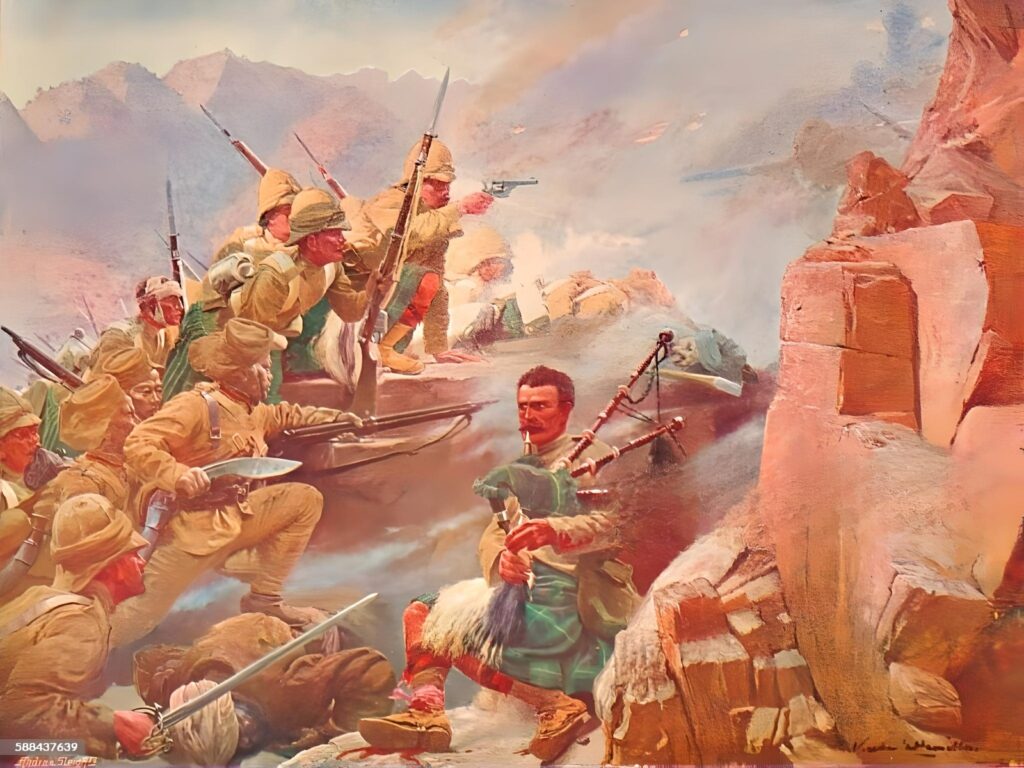
- Climbed exposed terrain under fire to take fortified positions.
5. World War I (1914–1918)
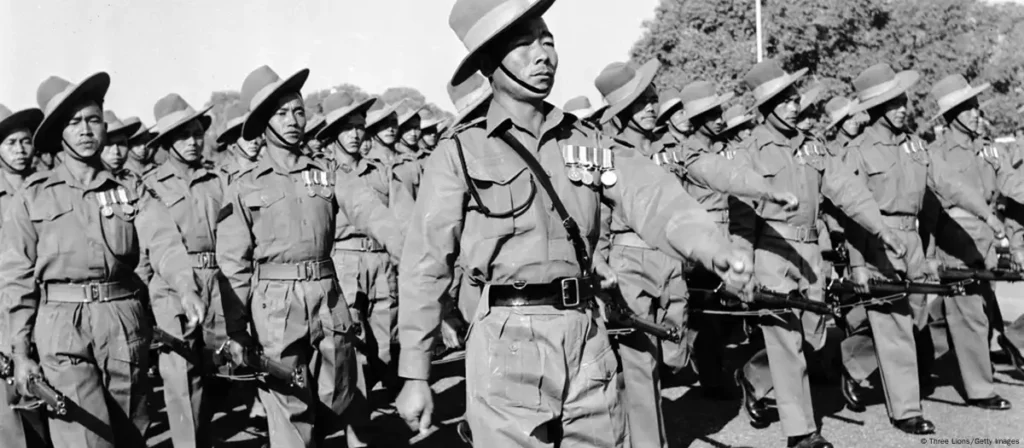
- Participated in trench warfare in France at Neuve Chapelle and Ypres.
- Rifleman Gane Gurung captured eight German soldiers using only his kukri knife.
The Gurkha Kukri: Blade of Identity and Endurance
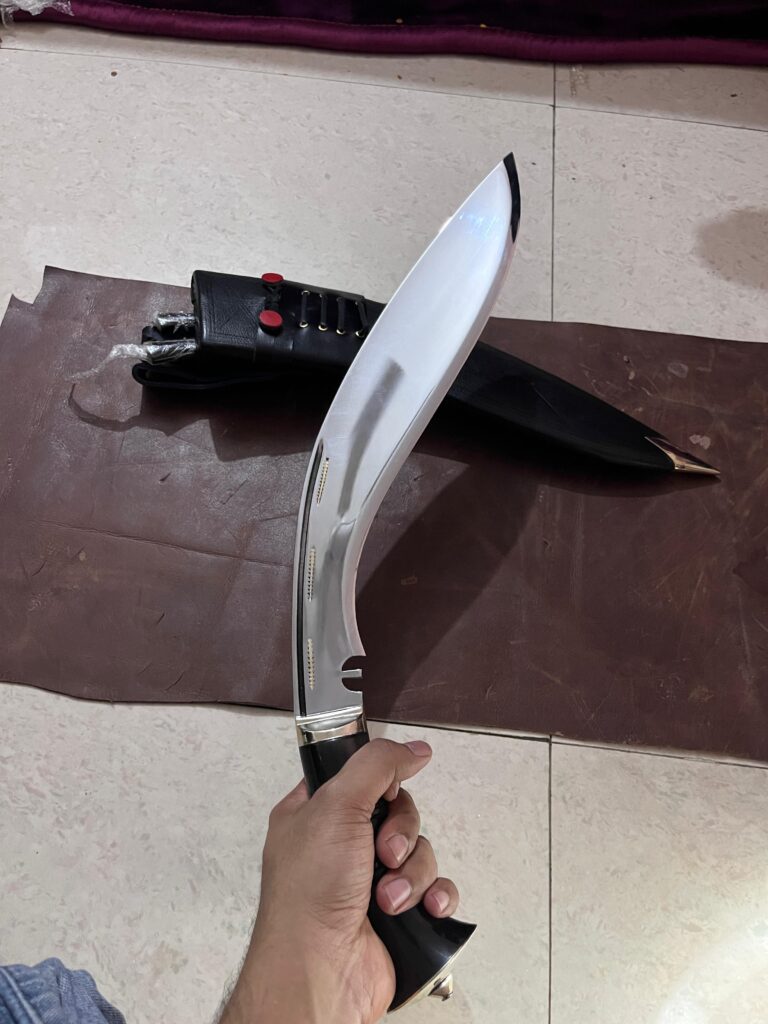
The kukri is more than a blade—it is part of the Gurkha’s spirit. This traditional curved knife is a tool of survival, a weapon of war, and a cultural artifact.
Characteristics of the Gurkha Kukri:
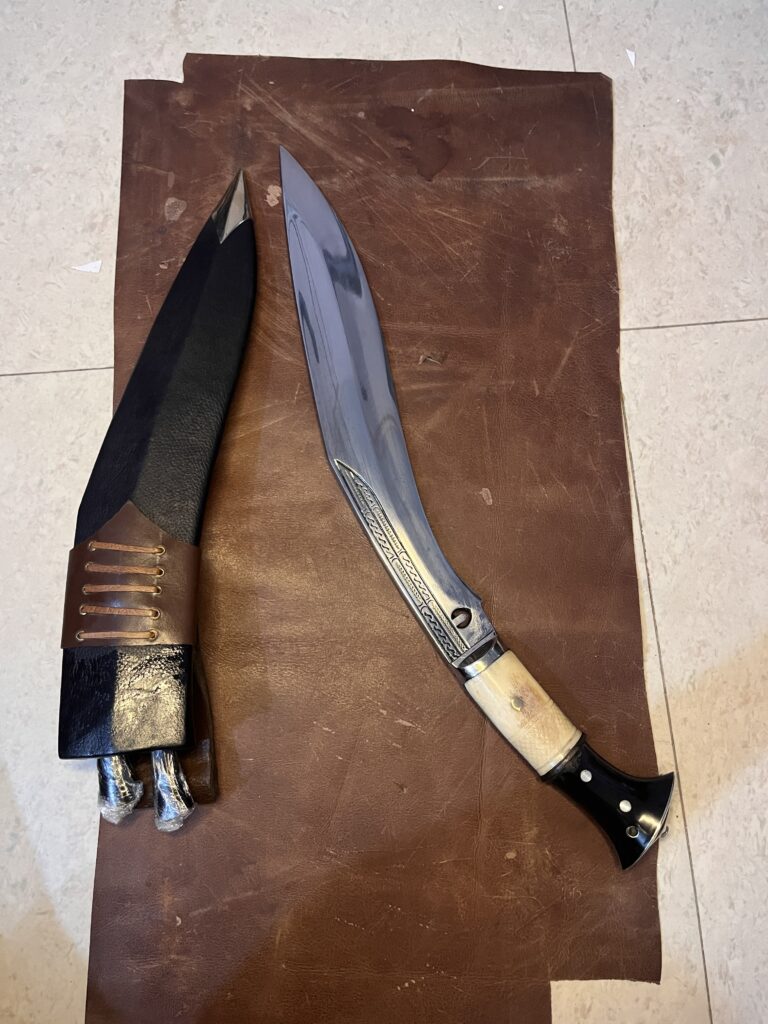
- Blade Length: 12 to 14 inches.
- Functionality: Effective for both combat and utility.
- Distinctive Shape: Forward-curved blade designed for powerful strikes.
- Regimental Identification: Many blades were etched with unit markings like 1/3GR or 1/39G.
In Battlefield Use:
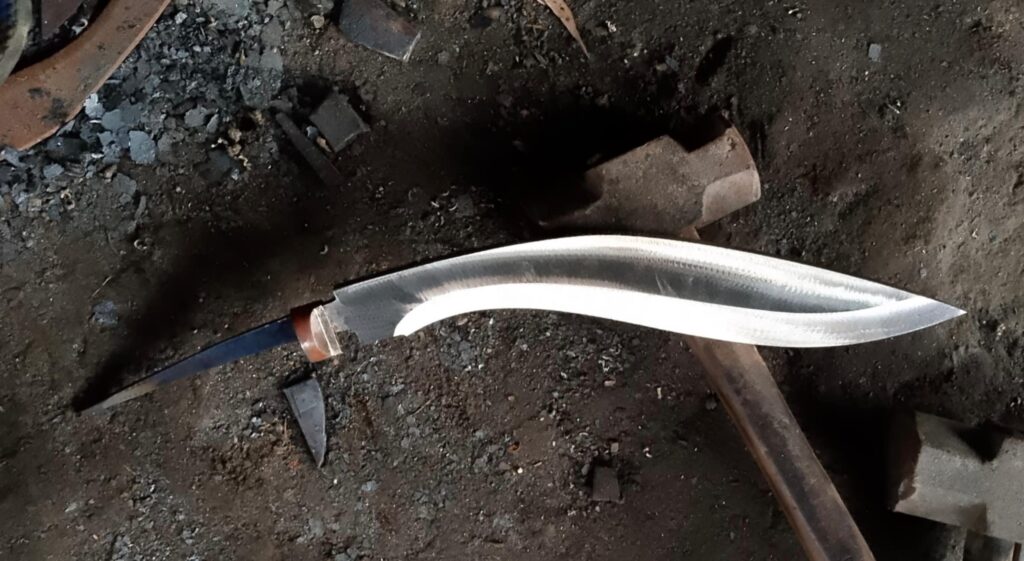
- In the Tirah Campaign, opponents reportedly fled at the sight of the kukri.
- During WWI, the kukri was a preferred weapon for stealthy trench raids and close combat.
To this day, the kukri knife is prized for its performance, history, and symbolism.
Anatomy of a 3rd Gurkha Kukri
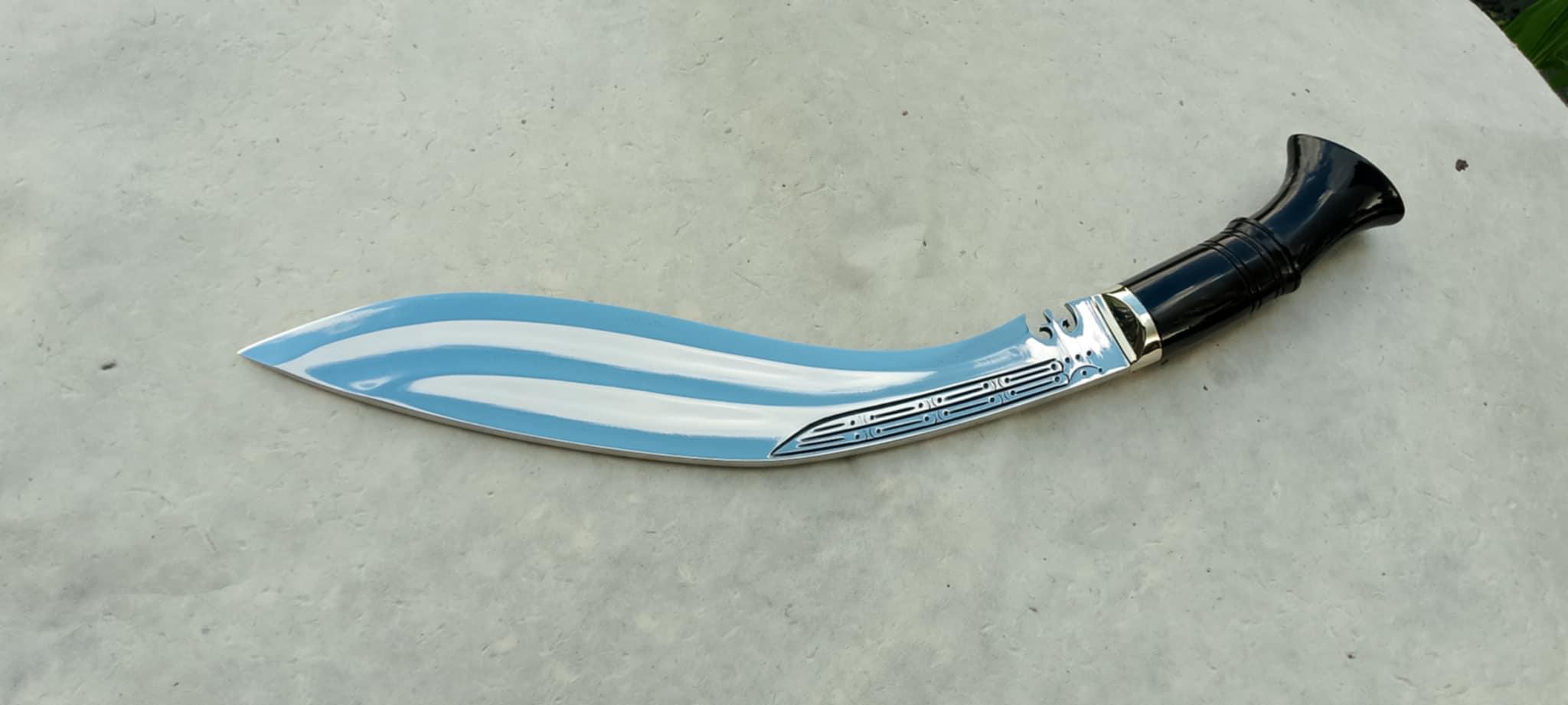
This simplified diagram outlines the structure of a classic Gurkha kukri, favored by the 3rd Gurkhas. Its balanced weight and unique design made it not just iconic but efficient in battle.
Regimental Evolution: From Kumaon to Queen Alexandra’s Own
The regiment’s title changed over time, reflecting its growing prestige and contributions.
Timeline:
- 1816: Kumaon Provincial Battalion
- 1861: Renamed 3rd Gurkha Regiment
- 1907: Became “The Queen’s Own Gurkha Rifles”
- Later: Recognized as “Queen Alexandra’s Own Gurkha Rifles”
Tactical Mastery:
- Innovators in jungle warfare and mountain ambushes.
- Demonstrated advanced mounted infantry tactics.
- Formed Gurkha Scouts, known for night operations and silent strikes.
Brotherhood and Bravery: What Made the 3rd Gurkhas Elite?
The 3rd Gurkhas were defined not just by their weapons or tactics, but by their camaraderie and resilience under pressure.
Defining Episodes:
- Ahmed Khel: Their formations withstood overwhelming Afghan cavalry.
- Neuve Chapelle: Cleared enemy positions using grenades and kukris.
- WWI Trench Warfare: Bagpipes signaled their charges; courage echoed in every step.
Their bond, forged in the furnace of conflict, extended beyond rank and weaponry. The kukri was not just carried—it was revered.
Conclusion: The Timeless Legacy of the Kukri and the 3rd Gurkhas
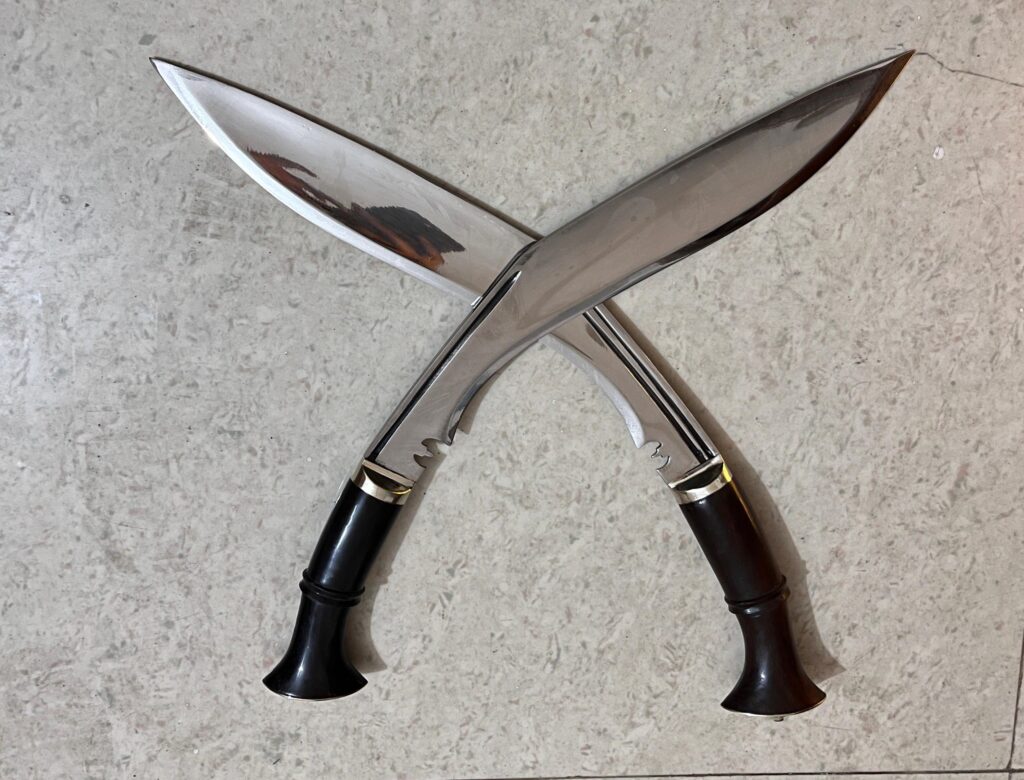
The story of the 3rd Gurkha Rifles is etched into military history—one of honor, sacrifice, and determination. For those who admire battlefield grit or collect iconic blades, their journey serves as a powerful inspiration.
The Gurkha kukri continues to symbolize this legacy—a blade as enduring as the soldiers who carried it. Whether on the belt of a warrior or displayed in a collector’s case, the kukri knife remains a tribute to heritage, skill, and the warrior spirit.
Experience the legacy yourself. Explore handcrafted kukris inspired by the 3rd Gurkhas at HimalayanBlades.com.
